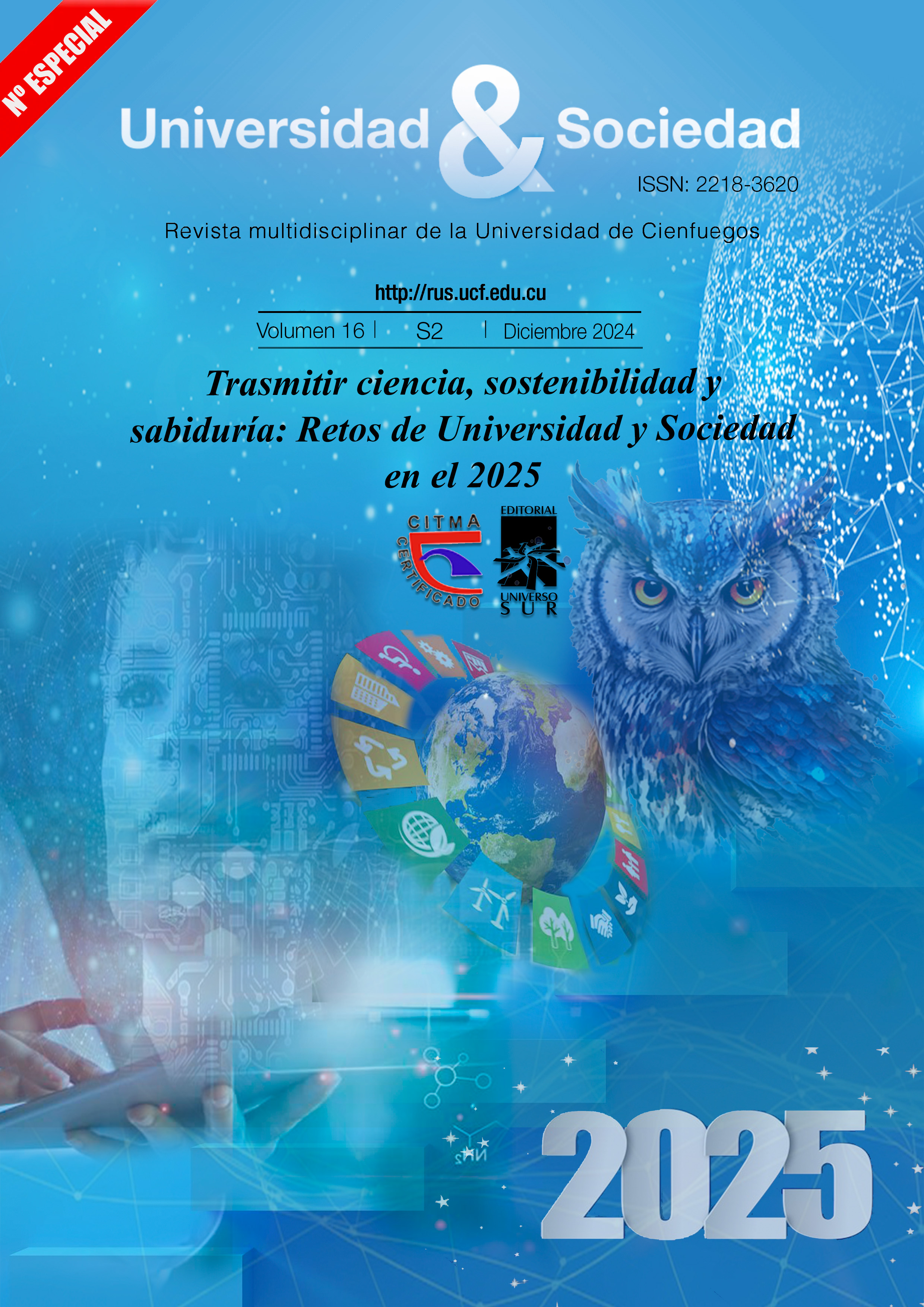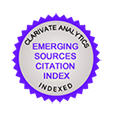Breve reseña de la historia de la lengua literaria del siglo XVI en Azerbaiyán
Palabras clave:
Siglo XVI, Lengua literaria, Estilística, Género, Palabras árabesResumen
El objetivo de esta investigación es analizar la lengua literaria del Azerbaiyán del siglo XVI, centrándose en la integración y los papeles funcionales de las unidades léxicas árabes. El estudio revela que la frecuencia del vocabulario árabe en la lengua literaria azerbaiyana aumentó significativamente durante este período en comparación con siglos anteriores. Este aumento se atribuye a la solidificación de la estilística clásica de los libros y los géneros literarios, lo que exigía un léxico árabe más amplio para satisfacer las demandas estilísticas. Además, se encontró que las unidades léxicas árabes se emplearon con intensidad variable en los géneros; algunos géneros exhibieron una alta frecuencia de términos árabes, mientras que otros los usaron con más moderación. La prosa clásica, en particular, se destaca por su riqueza en estos elementos árabes. Para proporcionar más contexto, en el artículo también se examina de manera breve la lengua literaria azerbaiyana del siglo XI, mostrando cómo interactúan la estilística poética clásica y el lenguaje literario. Esta perspectiva subraya cómo los elementos lingüísticos relacionados con el género, la rima, el peso, la forma y la estructura se fusionaron para formar los estilos distintivos de la Edad Media. En general, cabe señalar que los elementos léxicos árabes contribuyeron a configurar la diversidad estilística y de género de la literatura azerbaiyana medieval, lo que marcó un rasgo definitorio de su evolución lingüística.
Descargas
Publicado
Cómo citar
Número
Sección
Licencia
Derechos de autor 2025 Editorial "Universo Sur"

Esta obra está bajo una licencia internacional Creative Commons Atribución-NoComercial-SinDerivadas 4.0.
La editorial "Universo Sur", de la Universidad de Cienfuegos, publica el contenido de la Revista "Universidad y Sociedad" bajo una Licencia Creative Commons Atribución-NoComercial-SinDerivar 4.0 Internacional.
© Podrá reproducirse, de forma parcial o total, el contenido de esta publicación, siempre que se haga de forma literal y se mencione la fuente.










